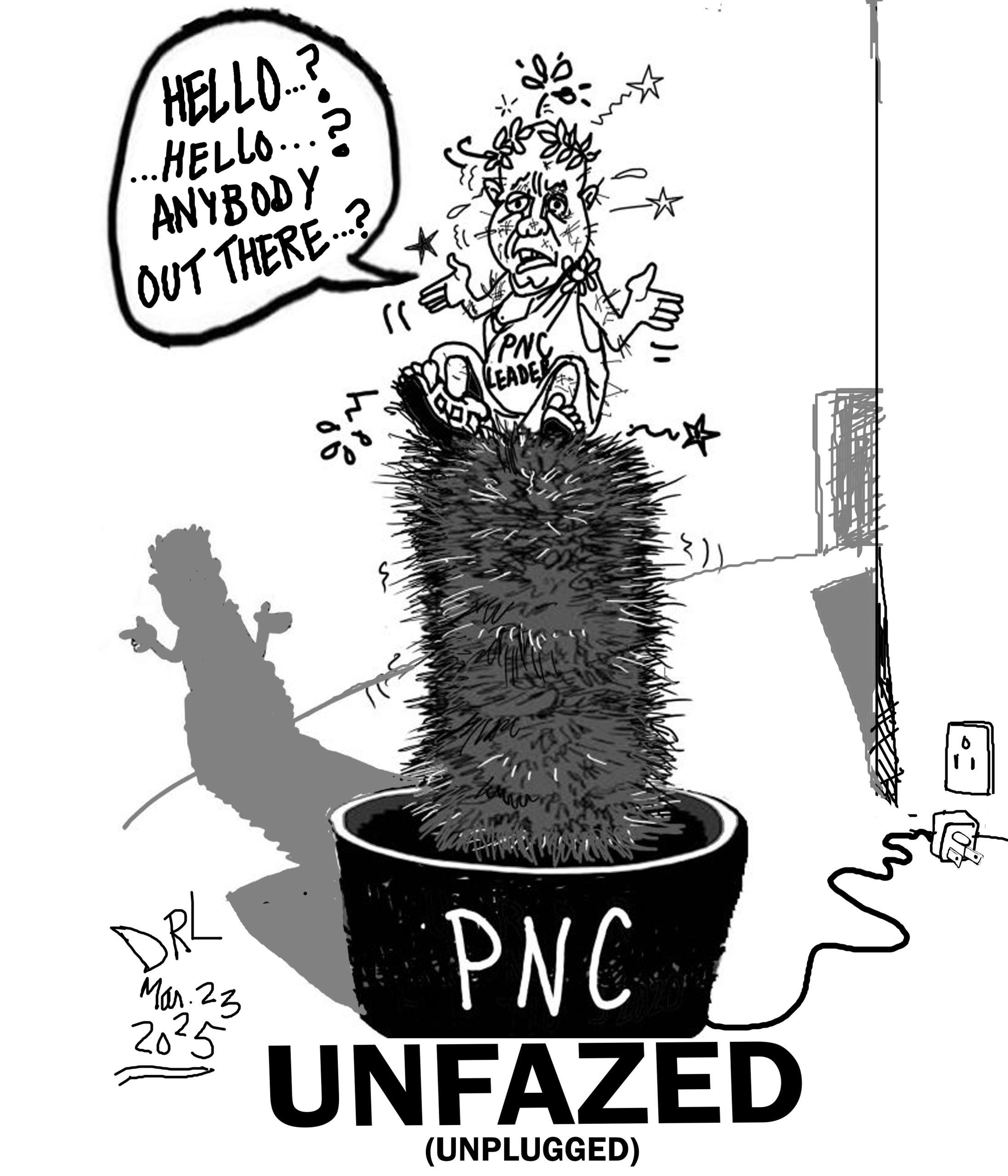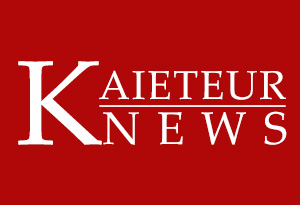Latest update March 30th, 2025 6:57 AM
Latest News
Banking for Development
Apr 08, 2012 Features / Columnists, Ravi Dev
With the developed world roiling from a second crisis precipitated by banks operating in a freewheeling liberalised financial industry, can we hope our parliamentary duellists will take some measures to ensure we don’t end up at that dead end? We raise the possibility, once again, of public and development banking.
Back in the ’70s, the government launched the Guyana National Cooperative Bank (GNCB) as a public bank, competing with the several commercial banks then operating, and the Guyana Agricultural and Industrial Development Bank (GAIBANK) as a development bank, securing its funds from grants and loans from the international community. By the ’80s, the government effectively assumed control over the entire banking industry through varying levels of nationalisation of the private banks.
The rationale offered for our massive government intervention was bluntly, market failure. GNCB, as a public bank, was responding to the unmet need for a more distributed and accessible banking system, while GAIBANK was intended to fill the endemic financing gap for targeted entrepreneurial activities left unattended by the commercial banks.
Unfortunately, the system quickly degenerated into a classic, rightly-criticised, “repressed” financial system: the government maintained artificially low interest rates, inducing excess demand for credit which the government must now allocate. The low interest rates (effectively so when the high inflation rates were deducted) became an effective disincentive to savings, and combined with the inability of the government to borrow internationally, eventually resulted in low investment and thus low growth. This situation was exacerbated by all the other potential negative features of development banking: cronyism, rent-seeking and corruption by bureaucrats, misallocation of funds in misconceived schemes, etc. By the eighties we had plunged into negative “growth”.
The IMF’s Structural Adjustment Programme (SAP) of 1989 bequeathed our present financial system: banks and other financial institutions totally privatised and “liberalised”. It was putatively subject only to market forces, with government reduced to a “non- distorting” regulatory role. GAIBANK was dissolved and GNCB privatised. So we have two decades experience with the liberalised financial system. What have we learnt?
The developed world has now accepted what China and the other emerging economies have shown: participation of government is vital in the financial sector. Otherwise, the social function of overall national development – which necessitated the invention (and the ongoing maintenance) of the banking system in the first place – will inevitably be eroded and vitiated by the workings of unmediated human greed. A system driven only by the profit motive cannot do otherwise. We have been spared the worst excesses of the financial depravity experienced up north – through our relative “underdevelopment in financial instruments”. On the other hand we have not witnessed any turnaround in banking efficiency or the financial intermediation necessary to foster growth of our economy.
Our privatised banks have maintained and even extended the dispersion of branches into the countryside, but these have been deployed to more efficiently trawl for deposits rather than for disbursing more loans. In this former task, they have been singularly successful, but in their reluctance (even refusal) to service the domestic entrepreneurial potential necessary for our development, they have piled up billions and billions of dollars lying idle in their coffers (today $125 billion). Theoretically, in the financial liberalisation model, the private banks were supposed to have competed with each other to lend the funds secured from deposits, leading to the lowest possible rate of interest, and still make a profit over the rate offered to attract deposits. If the claim was valid it certainly never reached Guyana.
Rather than leaving the financial market to do what was necessary to clear itself – offering lower rates to borrowers – the new orthodoxy, offered the banks a way out: Treasury Bills. The banks then simply lowered their rates to depositors so that they still made a profit and we got the worst of both worlds – lower rates for depositors and the highest rate for borrowers. To rub salt into the wounds of taxpayers, the government pays the banks billions in interest every year for the honour (?) of keeping their money locked away – “sterilising excess liquidity”!
The “spread” – the difference between the deposit interest rate and the lending rate – has always been in double digits. The banks were being rewarded for not doing what justified their existence in the first place – taking risks to lend money. The government supposedly keeping down inflation – but what did it matter if no new business could be set up if they had to service loans at 15% interest?
In our considered judgement, and one we have been promoting the longest time, we threw out the baby with the bathwater when we closed down our development and public banks. The raison d’etre for those institutions is even more evident – and necessary – today, if we want to achieve the double-digit growth rates necessary for a quantum leap in living standards.
Of course, we have to rectify the downside risks inherent in government ownership, which in our case, having tried the model, can be easier identified.
Share this:
- Click to print (Opens in new window)
- Click to email a link to a friend (Opens in new window)
- Click to share on Facebook (Opens in new window)
- Click to share on WhatsApp (Opens in new window)
- Click to share on Twitter (Opens in new window)
- Click to share on Pinterest (Opens in new window)
- Click to share on Pocket (Opens in new window)
- Click to share on Tumblr (Opens in new window)
- Click to share on Reddit (Opens in new window)
- Click to share on LinkedIn (Opens in new window)
Related
Similar Articles

The Glenn Lall Show|| March, 28th, 2025
Follow on Tik Tok @Glennlall
THE BLUNT OF THE DAY

Sports
Mar 30, 2025
Kaieteur Sports- The Petra Organisation Milo/Massy Boy’s Under-18 Football Championship is set to conclude its third-round stage today, marking the end of preliminary rounds of the 11th annual...Features/Columnists
The PPP is afraid
Peeping Tom… Kaieteur News- Bharrat Jagdeo, General Secretary of the People’s Progressive Party (PPP), stood before... more
The U.S. “Joining” the Commonwealth: an unreasonable expectation
By Sir Ronald Sanders Kaieteur News- Recent media stories have suggested that King Charles III could “invite” the United... more
Publisher’s Note
Freedom of speech is our core value at Kaieteur News. If the letter/e-mail you sent was not published, and you believe that its contents were not libellous, let us know, please contact us by phone or email.
Feel free to send us your comments and/or criticisms.
Contact: 624-6456; 225-8452; 225-8458; 225-8463; 225-8465; 225-8473 or 225-8491.
Or by Email: [email protected] / [email protected]
Weekend Cartoon











